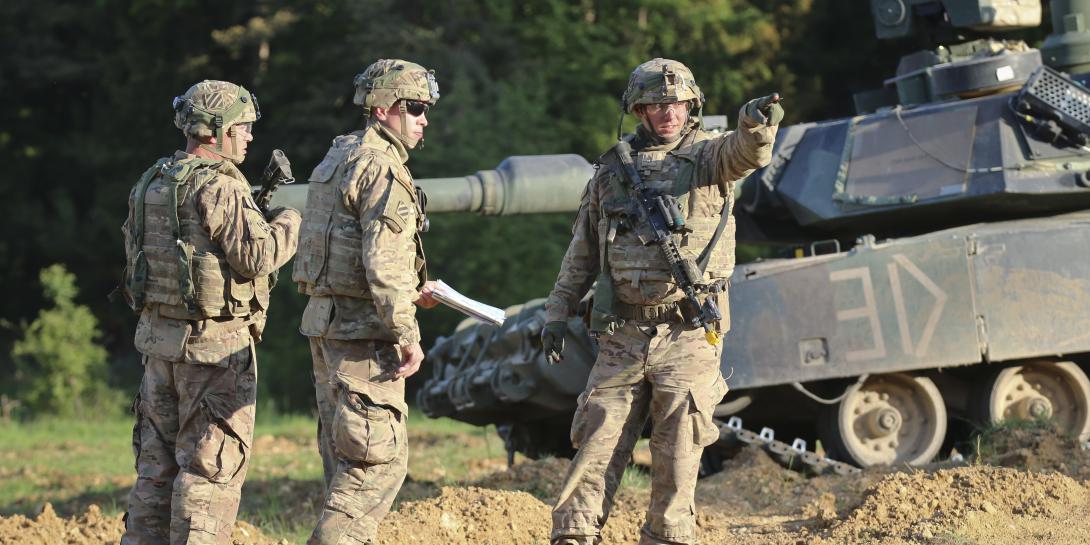Army Prepares to Open $40 Million 5G Effort
The U.S. Army is seeking industry solutions for fifth-generation wireless, or 5G, tactical technologies and capabilities under a new $40 million effort. The service is looking for a 5G network prototype integrated with tactical Army platforms, unmanned aerial systems (UASs) and other applications to support experimental evaluations on command post survivability and vehicular mobility.
The project is called the Strategic & Spectrum Missions Advanced Resilient Trust Systems (S2MARTS) and is seeking industry responses to their request for solutions (RFS) by April 15, 2022. The S2MARTS experimentation directly supports the U.S. Army National Training Center’s Command Post Survivability and Vehicular Mobility (CPS&VM) efforts.
The Department of Defense’s Office of the Under Secretary of Defense Research and Engineering (OUSD (R&E)) is supporting the $40 million S2MARTS other transaction authority effort meant to draw in advanced 5G network-related technologies. The National Security Technology Accelerator (NSTXL) is releasing the RFS and accepting industry solutions through its website.
“The desired prototype is a flexible, reconfigurable and rapidly deployable private 5G network that supports experimentation with identified 5G Use Cases in various mission scenarios,” the RFS announcement states. “Per the DoD 5G Strategy, the fifth-generation standard for broadband cellular networks presents a fundamental change in communications structure across the world that provides a potential opportunity the DoD to operate anywhere at any time. The military will be able to communicate more effectively through the implementation of 5G-based solutions.”
S2MART is including autonomous systems in the 5G network prototype so that warfighters can harness persistent surveillance and reconnaissance capabilities over a wide area. “These unmanned systems can go where manned systems cannot, thereby increasing stand-off distances and survivability and reducing reaction time for commanders,” according to the RFS. “Ground-based, semi-autonomous, unmanned systems will enhance target acquisition, maneuver and logistics supply movement to the most forward tactical resupply points.”
Industry solutions are needed across several uses case environments including for wireless command posts; command, control, communication, computing, cyber, intelligence, surveillance implementation of reconnaissance/electronic warfare (C5ISR/EW) Modular Open Suite of Standards, or CMOSS; and manned/unmanned-teaming (MUM-T) operations. And because DoD operates globally, the RFS also specifies wireless command post and MUM-T Operation 5G network solutions from industry that can work on host nation 5G infrastructure.
In preparation for the April 15 submission deadline, industry can submit questions about the effort through March 24. The NSTXL consortium will also host an open “Project TALX” event on March 25, 2022, from 1:00 – 2:00 PM.
The Army expects the CPS&VM OTA vehicles to be executed in three, 12-month phases for a total 36-months period of performance.
For more information, visit the NSTXL consortium for the OTA process.





Comments